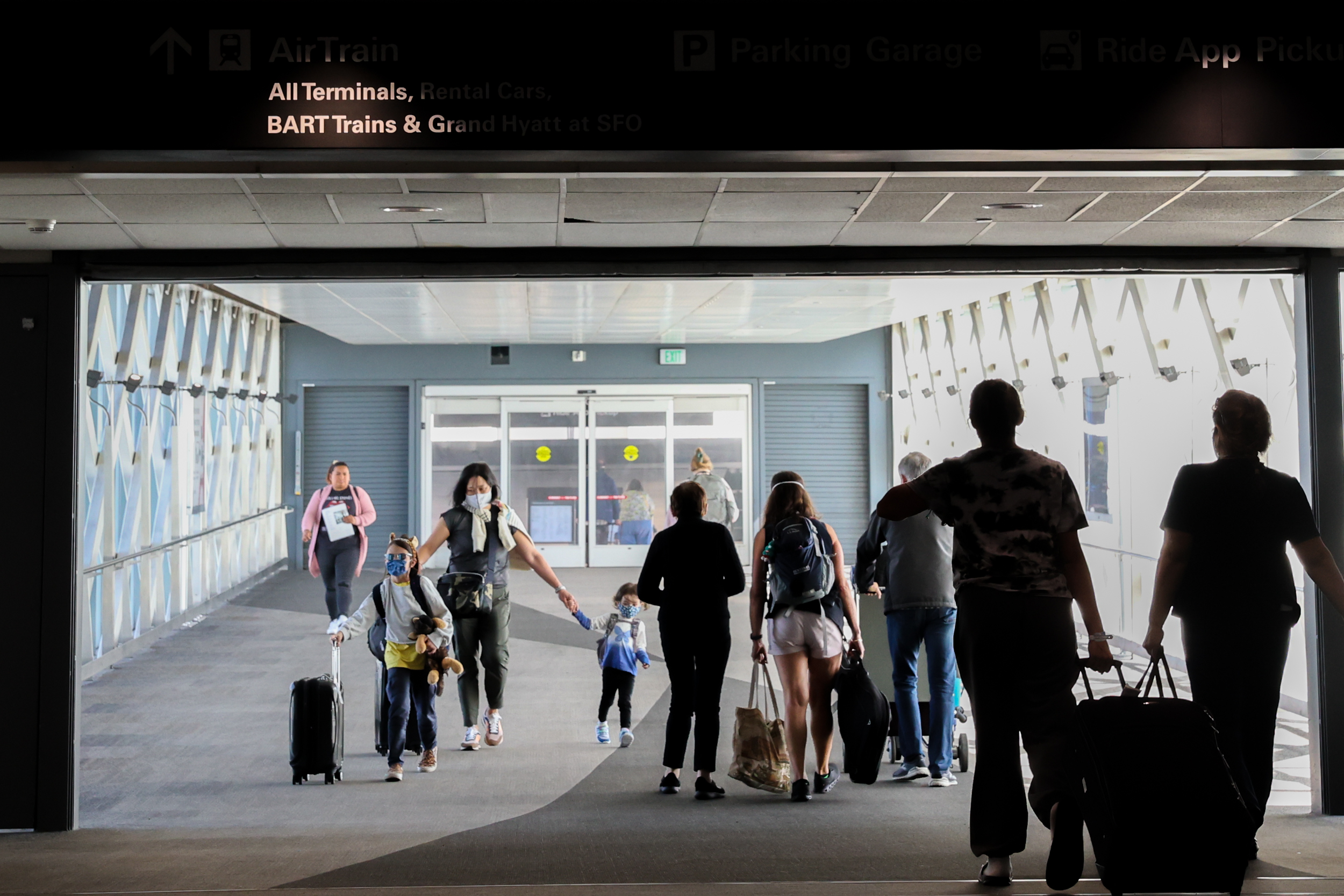Rising rents, high living costs and the flexibility of remote work all help explain the recent exodus of young people from San Francisco. But new Census data offers some comforting news: The majority of millennial-age San Franciscans chose to live in the area they grew up in—at least, before the pandemic.
On Monday, the Census Bureau and a research team at Harvard released a data tool that tracks the movement of young people from where they lived at age 16 to where they landed at age 26. By pulling together Census, survey and tax data for individuals born between 1984 and 1992, researchers could point to how these young adults moved around during their formative professional years.
The biggest finding? Most millennials didn’t stray far from their childhood home—and San Francisco is no exception.
Home Is Where the Heart Is
There’s no doubt that SF lost population during the pandemic. A total of 58,764 residents moved away between April 2020 and July 2021, and recent analyses show that many of those folks were young adults.
But before the pandemic, if you plucked one of San Francisco’s millennials off the streets, chances are they grew up in the city.
A total of 72% of millennials who grew up in San Francisco remained in the city as young adults, while another 15% relocated to nearby parts of the greater Bay Area. The figures rank San Francisco among other big cities, but still higher than the national average: nearly 60% of U.S. millennials kept within a 10-mile radius of their hometown, and 8 in 10 were living within 100 miles of where they grew up.
But for young San Franciscans itching to leave the city and the state, they tended to scatter to populous coastal cities like New York or Seattle. These millennials moved an average of 239 miles away, a number just a bit higher than the national migratory average of 181 miles.
What this suggests is that millennials in San Francisco, if they do move, are more willing to relocate to an entirely new state or coast than, say, a thirty-something who was raised in Indianapolis.
The Great Millennial Migration to San Francisco
But who feeds the city’s population growth? The Census report shows that other Californians tend to flock to San Francisco, with the most common migrating millennials coming from nearby cities like San Jose or Sacramento.
Even then, the Golden Gate seems to attract young folks from far away. The average young adult who came to San Francisco from another area moved from somewhere over 400 miles away—like Seattle or Chicago—most likely for a job. If this age group is anything to go by, it’s evidence that the tech boom really did entice young professionals with the promise of start-up swag and big tech bonuses.
Migration Patterns Affected by Race/Ethnicity, Parental Income
These numbers begin to change when we look at race and ethnicity, as well as parental income. Perhaps unsurprisingly, the demographic group with the highest rates of mobility is white individuals who have parents in the top 20% of the income bracket with the means to move farther away.
Black, Asian and Hispanic millennials are more likely to remain in or near their childhood areas. The Census report finds that Black young adults, for example, moved an average of 60 fewer miles than white young adults.
This is especially true for young Asian and Hispanic adults in San Francisco. An average of 82% of Asians who grew up in San Francisco remained in the city as young adults, while young Hispanic adults stayed in the Bay Area at a rate of 79%—both compared to a city-wide average of 72%. And when Asian and Hispanic young adults did move out of the city, they tended to move to nearby areas, at a distance of 80 to 90 miles closer than the average for all young adults growing up in San Francisco.
On the flip side, San Francisco was a consistently popular destination for young adults across most racial and ethnic groups. It was the eighth most popular destination nationally and the third most popular destination for Asian young adults, with almost 8% of Asian movers choosing the city over other popular metropoles like Chicago or Boston.
What about COVID?
The Census Bureau’s data implies that young people, by and large, tend to stick around the locations they grew up in, linking a millennial’s childhood home to the labor markets they’re exposed to as adults. For San Francisco, its commercial and cultural offerings seem to lure in young adults across demographics and from throughout the country.
The COVID-19 pandemic certainly altered these findings, however, as this study did not include data from the 2020 census, nor did it factor in COVID-related effects on labor market activity or young adult migration.
And though local companies are certainly going through challenging times with declining venture investments and increasing layoffs, San Francisco remains one of the most popular areas for the innovation economy, which will continue to lure near-and-far millennials, Gen Z and other young professionals looking for the next California Gold Rush.
